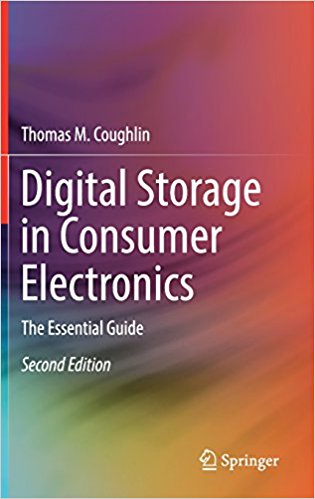
“Our memories define our past and enable the accumulation of capability that drives our technological civilization. The major business of our age is to pass accumulated experiences, beliefs, and observations to future generations. Data storage is how we will pass on this legacy. The future is storage-centric, stored data is the heart of a modern network.”
- Storage in “cloud storage” is playing an increasing role in enabling collaborative workflows, particularly as a result of the COVID-19 pandemic.
- Within 10 years we may see single digital movie projects generating close to an exabyte of raw content.
- Between 2019 and 2025 we expect about a 3.0 X increase in the required digital storage capacity used in the entertainment industry and about a 1.8 X increase in annual storage revenue
Digital storage demand is extremely elastic, it cannot be saturated and is bounded only by budget and management capacity. Furthermore digital storage attracts application, similar to the way gravity attracts massive bodies. Unchanged: Digital storage demand is extremely elastic, it cannot be saturated and is bounded only by budget and management capacity. Furthermore digital storage attracts application, similar to the way gravity attracts massive bodies.
Storage Visions Conference
The Storage Visions Conferences attract experts in digital storage and memory and their appliactions. We are looking for partners to work with us on creating the next visions for digital storage at future Storage Visions Conference events. Please join us and together we can create the future.
Creative Storage Conference
Come to the Creative Storage Conference events to make valuable connections and to understand and participate in the latest trends and requirements for digital storage and memory to serve creative minds and create new and growing markets.
2021 IEEE President Elect Candidate
"I stand for enhancing membership, stronger sections, more value to industry and adventure!"
Services
Tom has over 40 years of experience in data storage engineering and management, ranging from floppy and tape drives to hard disk drives, solid state storage, and storage systems. He has been a much sought consultant in digital storage and memory for over 20 years.
Technical Papers
Our library of marketing, intellectual property,
technology assessments, and projections.
technology assessments, and projections.








